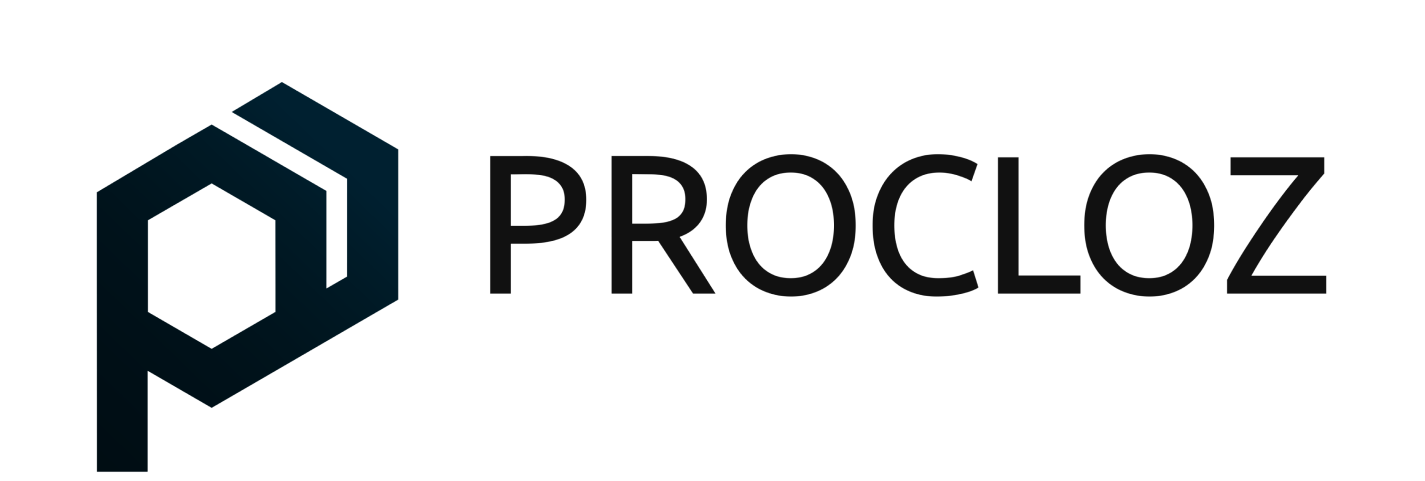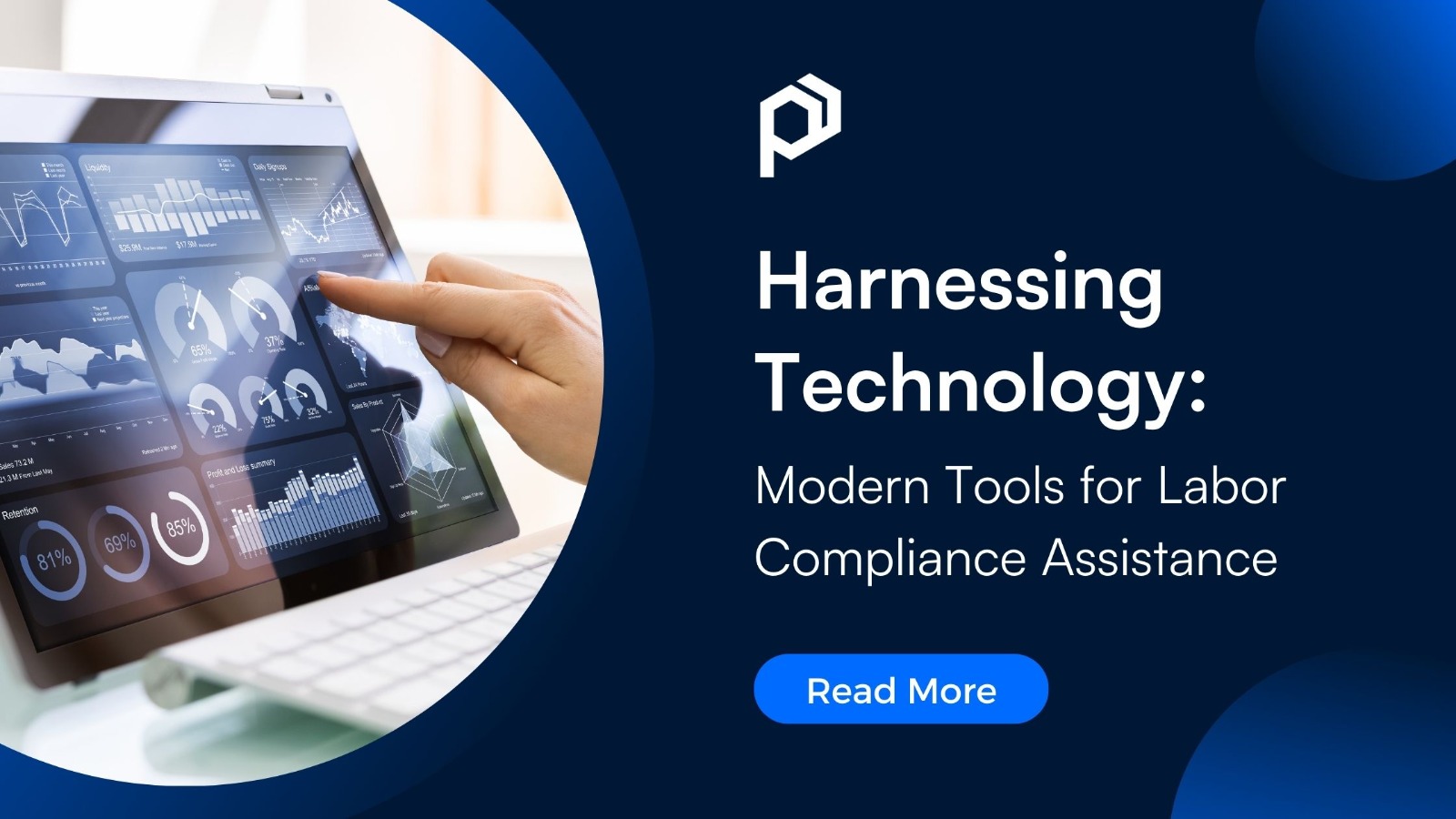Why Labor Compliance Assistance is Important in 2025
In today’s rapidly evolving US business climate, labor compliance assistance is more than a checkbox, trust, growth, and sustainability rely on it. From payroll compliance to workers’ rights, all organizations must live by higher standards while navigating and keeping pace with ever-changing, increasingly complex regulations.
The challenge? Remaining compliant with state and federal labor laws without allowing manual processes holds your business back. That’s where labor compliance assistance fueled by cutting-edge tools and automation comes in.
Visionary businesses now depend on the likes of payroll and business automation, compliance management systems, and employer of record (EOR) services to minimize risks and enhance efficiency.
Cutting-Edge Tools Revolutionizing Labor Compliance Assistance
1. Compliance Management Software
A compliance management platform at the center is the requirement now. It assists HR and operations in monitoring employee records, tracking regulations, and producing audit-ready reports. By making compliance checks automated, companies can spend less time on paperwork and more time creating a compliant, people-oriented culture.
2. Online Payroll Services
Payroll is not merely a matter of writing checks, it is one of the most hazardous fields for non-compliance. Misundercalculating overtime, failing to meet tax filings, or handling multi-state employees in error can bring on substantial penalties. Up-to-date online payroll providers tie labor law changes into payroll processing so that wage regulations, tax filings, and benefit administration comply with US laws.
For expanding businesses, corporate payroll or small business payroll provides customized options that grow without the need for a huge in-house HR department.
3. Employer of Record (EOR) Solutions
The growth of remote and distributed work in 2025 has spurred interest in employer of record services. An EOR is the legal employer of your workforce, managing payroll, tax filing, benefits, and compliance, so you can manage day-to-day business operations.
For companies reaching new states (or even international markets), EOR streamlines compliance with state labor laws. It also mitigates risk for small businesses that may not have extensive in-house HR knowledge. Selecting the right employer of record services can enable you to hire with confidence while upholding every compliance regulation.
4. Time and Attendance Automation
Accurate tracking of work hours is essential to ensure compliance with wage and hour laws. Modern systems now include biometric logins, geofencing for mobile teams, and automated alerts for overtime. This not only guarantees proper pay but also minimizes disputes and compliance hazards.
5. AI-Driven Compliance Monitoring
AI has moved from being a “nice to have” to a compliance game-changer. These tools analyze employee data, monitor legal changes, and flag potential risks before they escalate. By 2025, many organizations in the US rely on AI systems to predict compliance challenges and recommend corrective actions proactively.
6. Training and Digital Learning Platforms
Compliance isn’t just systems, it’s also about individuals. New e-learning systems allow managers and employees to remain current on evolving regulations more easily. From harassment training requirements to wage law refresher courses, electronic training facilitates retention of knowledge and audit-compliant proof of completion.
Technology-Driven Labor Compliance Assistance Benefits
Accuracy & Efficiency: Automation minimizes manual errors and streamlines compliance monitoring.
Cost Savings: Avoiding fines and automating payroll saves dollars while leaving HR time available.
Real-Time Updates: Law updates are built into systems automatically, keeping companies in compliance without having to do it manually.
Streamlined Audits: With data all in one place, audits are easier, less stressful, and more transparent.
Increased Employee Trust: Open compliance generates credibility, where employees feel safe and valued.
Frequently Asked Questions: Labor Compliance Assistance Edition
1. Are labor law posters required if my workforce is remote?
Yes, but they can be electronic. At Procloz, we suggest frequently posting digital labor law posters on your HR site or intranet. This way remote workers also have 24/7 access to required info without physical posters.
2. How do small businesses cope with ongoing labor law updates?
For most of our clients, the simplest thing to do has been to subscribe to labor law update services or employ compliance software tied to payroll. We also give our clients timely notifications whenever federal or state laws are updated, so they don’t have to keep track of themselves.
3. Is an Employer of Record (EOR) really worth it for compliance?
Yes. For US businesses that manage remote workers, an EOR guarantees payroll tax compliance, manages tax filings, and minimizes exposure to risks. Most Procloz clients see it as cost-effective as opposed to creating a complete in-house HR and legal function.
Takeaway
With labor legislation becoming increasingly complicated throughout the US, it is no longer possible to survive on manual processes alone. Solutions such as compliance management platforms, payroll services in the cloud, HR Operations management, and employer of record (EOR) offerings render labor compliance assistance smarter, faster, and more reliable.
Firms embracing these innovative solutions are not only remaining compliant but are also gaining time and resources to dedicate to expansion, innovation, and staff experience. By 2025, being compliant isn’t just about not getting fined, it’s about creating a company that gains trust.





